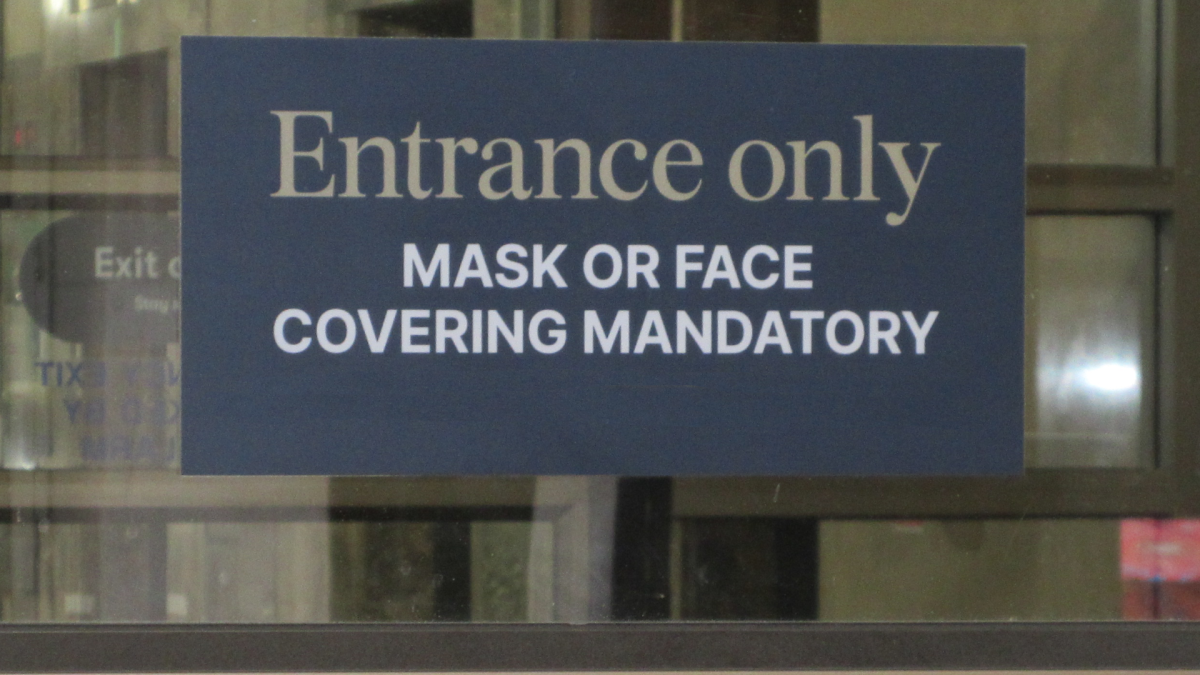With COVID-19 cases dropping across the province on the weekend, a GTA family and ER doctor says she’s optimistic that hospitals may not have to make tough decisions with recently announced intensive care unit (ICU) triage protocols.

Dr. Lisa Salamon with the Scarborough Health Network told Global News on Monday that ICU numbers are still high but the number of hospital admissions week to week is not as devastating compared with the previous Monday.
“A few of my colleagues and I have noticed the last few days that the emergency departments don’t seem as terrifying as they were a week ago,” said Dr. Lisa Salamon with the Scarborough Health Network.
“So I’m cautiously optimistic that if everyone does what needs to be done and stays at home, that maybe we’re soon coming to the peak and maybe we’ll miss the need to have to triage patients.”
Last week, a number of hospital associations began outlining potential changes in Emergency Standard of Care (ESoC) and Critical Care Triage Protocols (CCTP) on who would receive care amid surging ICU admissions across Ontario hospitals.
During a town hall meeting on Friday, EVP and chief medical exec Dr. Michael Stacey told Hamilton Health Sciences (HHS) staff what would guide the hospital’s decisions in the event the agency needs to enlist triage protocols.
“Essentially, the way this works is those with the highest mortality risks would be the ones who may not be allocated an ICU bed in the first instance,” Stacey said.
“If we get deeper into this with fewer beds, it would be ones with even lower mortality rates that also may not be able to get into the ICU.”

Get weekly health news
HHS EVP and chief operating officer Sharon Pierson told staff during the town hall that 164 patients are being transferred to health units in Hamilton, Niagara, Haldimand County and Brant in the coming days and that 48 are set to land at HHS hospitals.
New admissions have now led HHS to convert hospital units, and reallocate staff who normally work with elective procedures. The moves have created 38 more beds for COVID patients.
Meanwhile, McMaster Children’s Hospital is set to admit adults into its intensive care unit with transfers of COVID-19 patients from the Greater Toronto Area in recent days.
“All five of Ontario’s outstanding children’s hospitals and their dedicated clinicians are now part of the … fight to keep adults alive in this third pandemic wave,” Ontario Hospital Association CEO Anthony Dale revealed on Twitter Saturday.
“McMaster Children’s … now preparing to admit critically ill non-COVID adults to their pediatric ICU.”
As of Monday, Hamilton hospitals are treating a record 161 COVID-19 patients. There are 113 COVID-19 patients at HHS with 42 in ICU. St. Joe’s says it has 48 total patients.
The province says 2,271 people are hospitalized with COVID-19 (up by 145) with an all-time high of 877 patients in intensive care units (up by 26) and 605 patients in ICUs on a ventilator (up by nine).
There was positive news in terms of a trend in new COVID-19 cases on Monday as Ontario reported another drop, day over day, with 3,510 new infections. Most public health units reported fewer than 200 new cases in the provincial report, except for Toronto, Peel, York, Ottawa and Durham Region.
Dr. Salamon is one of many doctors to sign an open letter to the province pushing for “paid COVID recovery days” in the hopes that the measure will prevent Ontarians from having to choose between going to work sick and paying their rent.
She also believes that an “iron ring” around workplaces is needed with the allocation of more vaccines for staffers to prevent spread from staffers who travel from area to area in a given city.
“The Ontario science table has indicated that if we send 50 per cent of the vaccine to the top 10 major postal codes in the province, that we’ll get out of this much faster and our hospital rates in ICU rates will be decreased,” Salamon said.
Hamilton reports 107 new COVID-19 cases, 2 new workplace outbreaks
Hamilton reported 107 new cases on Monday and saw its seven-day average of new cases drop to 155 after hitting 181 last Wednesday.
Both surges at tailor Coppley and Cable 14 in Central Hamilton involve cases among two workers at each operation.
There are 18 workplace outbreaks across the city involving 138 total cases. The largest is at Aryzta/Oakrun Farm Bakery which has 33 staff cases. Hamilton General, National Steel Car and a construction site on Rymal Road not far from Upper Centennial parkway all have case counts in the 20s.
Public health says there 42 outbreaks across the city involving over 260 cases.
The city says there are 1,501 active cases as of Monday, down day-over-day in Hamilton by 347.
Over 69 per cent of the city’s active cases are among people under the age of 50, according to public health. Just over 41 per cent of new cases are among residents under 30.
Around 9.1 per cent of all COVID-19 tests in the city are returning with positive results, up from 7.9 on Friday.
The city’s COVID-19 cases per 100,000 population over seven days continued to drop over the weekend from 198 as of Friday to 181 as of April 25.
Of the 3,182 variant cases identified in the city, 2,139 are the B.1.1.7 mutation, the one that was first detected in the United Kingdom. There are just three other cases involving other variants that have been detected as of Sunday, which includes a pair of the B.1.351 mutation (first detected in South Africa) and a single case of the P.1 variant (first detected in Brazil).
The reproductive rate in Hamilton is at 1.09, suggesting the virus is still spreading in the community.














Comments